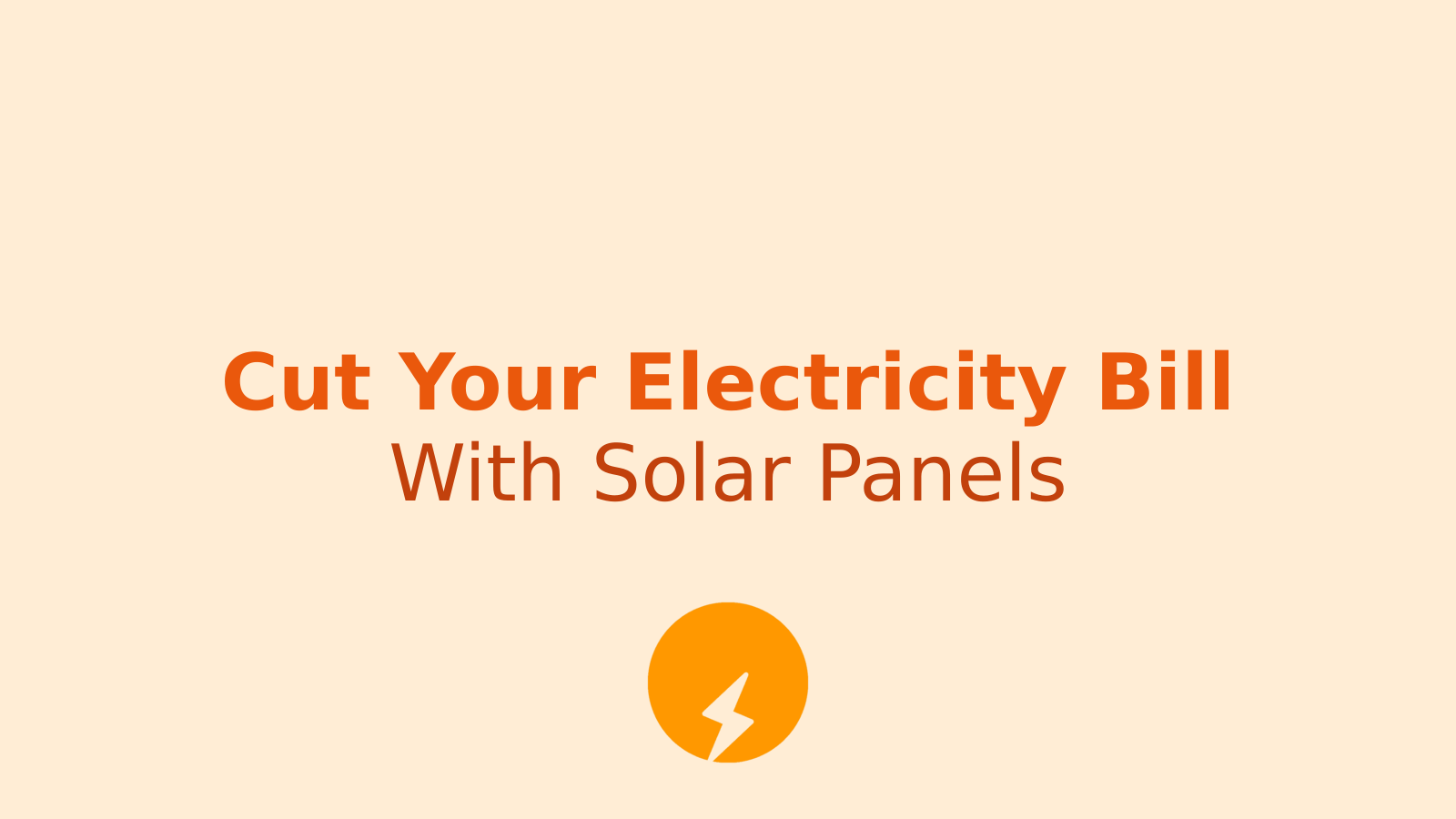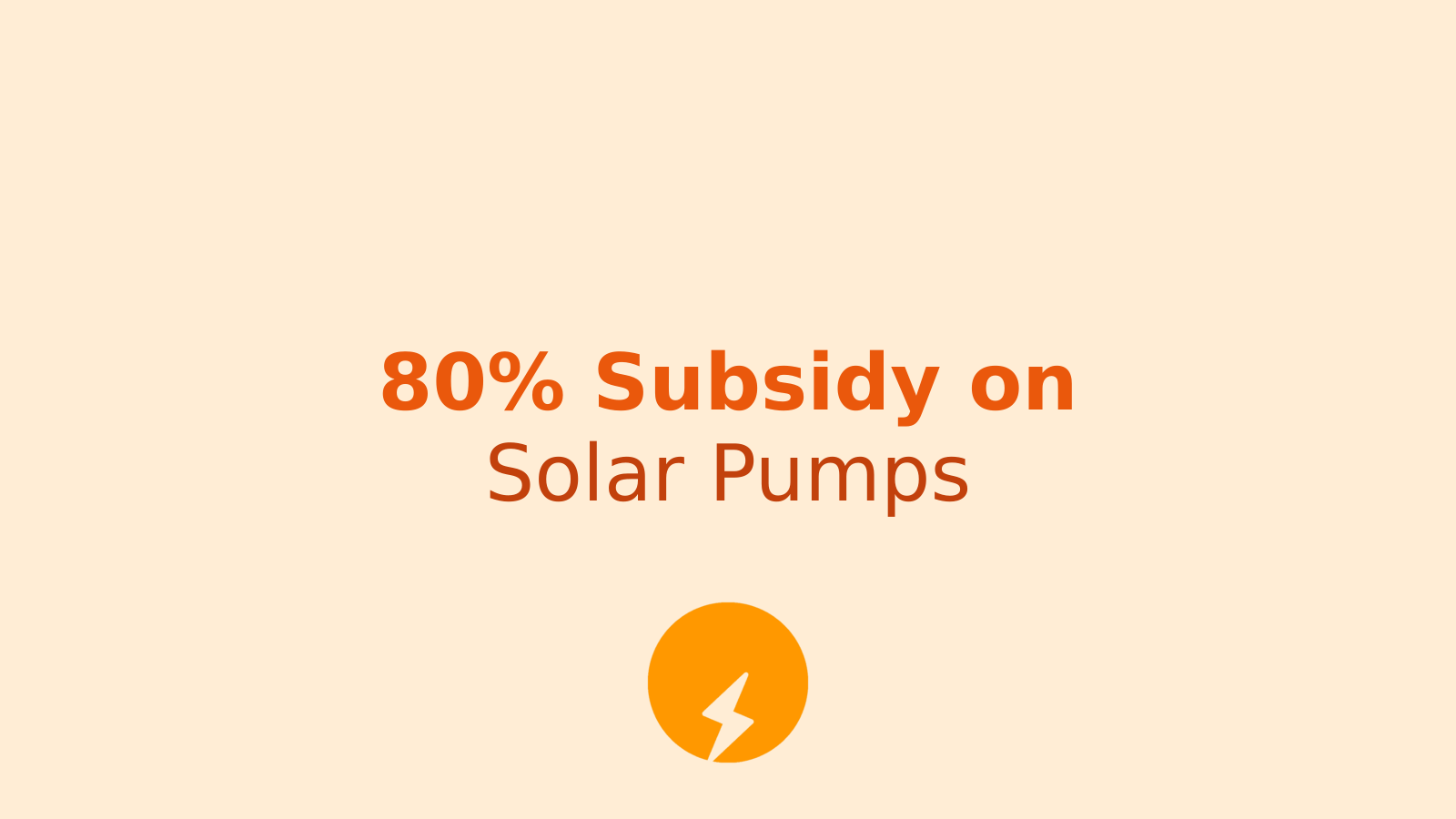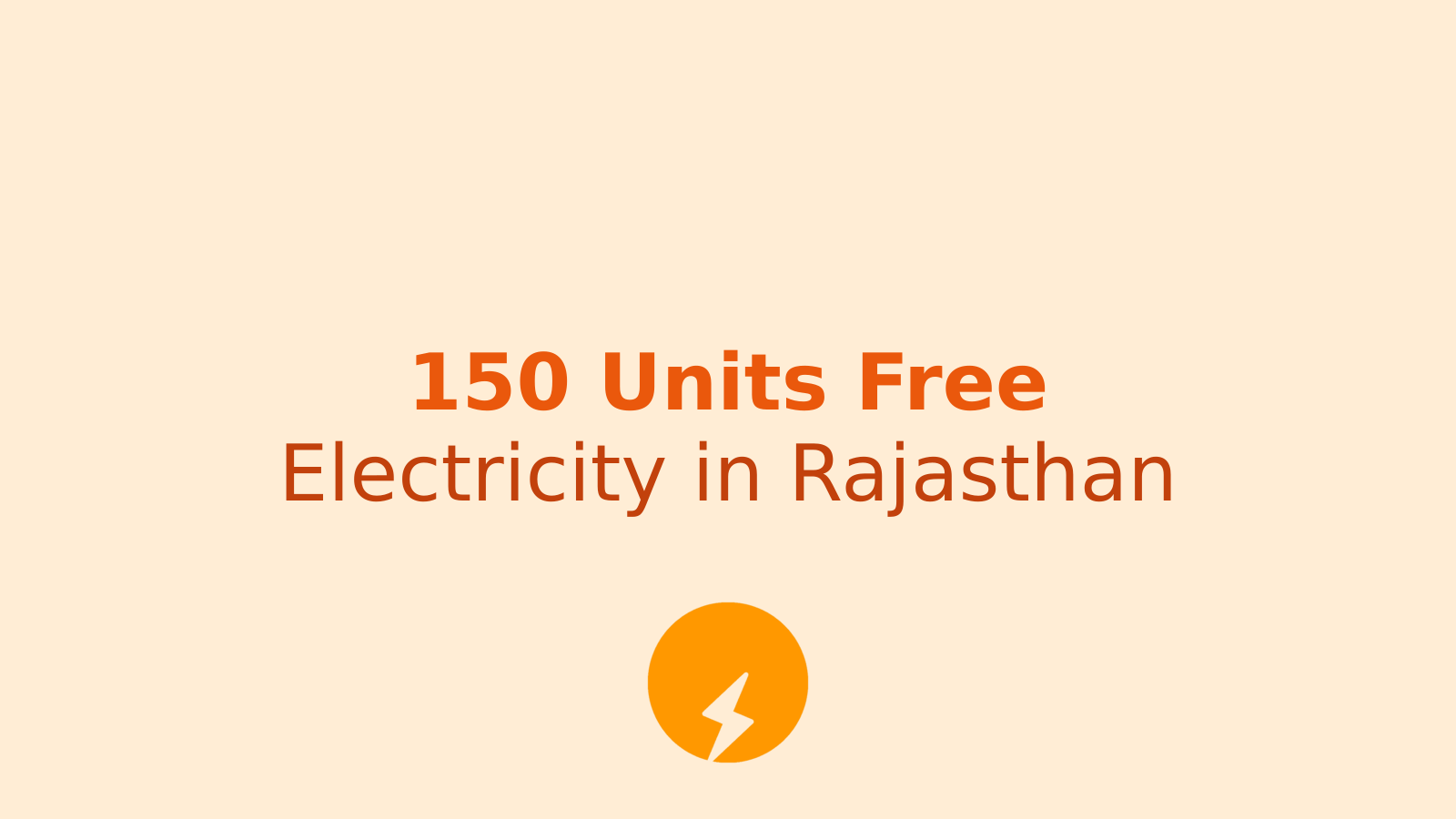Imagine getting free electricity for your home whilst also helping the environment. Sounds too good to be true, right? Well, the Indian government has made this dream a reality through the PM Surya Ghar Muft Bijli Yojana, and the response has been absolutely brilliant!
As of September 2025, public sector banks have approved loans worth a whopping ₹10,907 crores for over 5.79 lakh households under this scheme. That's not just a number—that's 5.79 lakh families taking a step towards energy independence and lower electricity bills. If you've been thinking about installing solar panels but worried about the cost, this article is your complete guide to getting started.
What Exactly is PM Surya Ghar Muft Bijli Yojana?
Let me break this down in simple terms. The PM Surya Ghar Muft Bijli Yojana is a government initiative launched by Prime Minister Narendra Modi on 15th February 2024. The goal? To provide free electricity to homes across India by encouraging rooftop solar panel installation.
Think of it as the government saying, "Hey, we'll help you set up your own mini power plant on your roof!" And they're not just talking—they're putting money where their mouth is by offering substantial subsidies to make solar panels affordable for everyone.
The best part? This isn't some complicated scheme with impossible eligibility criteria. It's designed to help ordinary homeowners like you and me become energy independent whilst saving money on electricity bills every single month.
The Big Numbers: Why This Scheme is Making Waves
Here's something to get excited about. The government has set an ambitious target of covering 1 crore (10 million) households under this scheme. Yes, you read that right—one crore families getting access to clean, free solar energy!
And the financial impact is equally impressive. The government estimates this scheme will save approximately ₹75,000 crores annually in electricity costs. That's a massive amount of money staying in people's pockets instead of going towards electricity bills.
But let's talk about what matters to you personally. With public banks already approving over 5.79 lakh loan applications, it's clear that the system is working smoothly. People are actually getting the financial support they need to make the switch to solar energy.
Show Me the Money: Understanding the Subsidy
Now, let's get to the juicy part—how much money can you actually save? The government offers a subsidy of up to 40% on the total cost of installing solar panels. Let me put this in perspective with a simple example.
Say you want to install a solar system that costs ₹1,00,000. With a 40% subsidy, you'd get ₹40,000 back from the government. That means you only pay ₹60,000 for a system worth one lakh rupees. Essentially, you're getting solar panels at half the original price!
But wait, there's more (I've always wanted to say that!). The subsidy amount varies depending on the capacity of the solar system you're installing. Here's a quick breakdown:
- For systems up to 2 kW: You get ₹30,000 per kW
- For systems between 2-3 kW: You get ₹18,000 per kW for the additional capacity
- For larger systems: The subsidy structure is designed to make sure everyone benefits fairly
The subsidy is directly credited to your bank account after the installation and inspection are complete. No running around government offices or filling endless forms—it's all digital and transparent.
Can't Pay Upfront? No Problem! Here's How the Loan Works
I know what you're thinking: "Even with a 40% subsidy, where do I get the remaining money from?" This is where the scheme gets even better. The government has tied up with public sector banks to provide easy loans for solar panel installation.
Here are the loan highlights that make this scheme genuinely accessible:
Loan Amount and Interest Rates
You can get a loan of up to ₹2 lakhs at competitive interest rates. The best part? The interest rates are much lower than what you'd typically get for a personal loan. We're talking about rates that make the loan affordable and easy to repay from the money you save on electricity bills.
The Application Process is Actually Simple
Gone are the days of drowning in paperwork. The entire loan application process is integrated with the Jan Samarth Portal and the national PM Surya Ghar portal (pmsuryaghar.gov.in). This means:
- Everything happens online
- Your application is tracked digitally
- Decisions are made faster based on data
- You get a better user experience overall
Recent Improvements in the Loan Scheme
The government has been listening to feedback and making improvements. Some recent changes include:
- Co-applicants allowed: You can now add family members as co-applicants to increase eligibility
- No capacity-based limits: Previous restrictions on system capacity have been removed
- Simplified documentation: Fewer documents needed, making the process smoother
- Faster approvals: Banks are processing applications more quickly than ever
Honestly, the government seems to have thought this through quite well. They're not just launching a scheme and forgetting about it—they're actively making it better based on real user experiences.
Who Can Apply? (Spoiler: Probably You!)
The eligibility criteria are refreshingly straightforward. If you own a house in India with a suitable roof space, you're pretty much eligible. Here's what you need:
- You must be an Indian resident
- You should own the house or have permission from the owner
- Your roof should have sufficient space and proper orientation for solar panels
- You need basic documents like Aadhaar card, electricity bill, and bank account details
Notice what's NOT on this list? There's no income limit, no age restriction (for the property owner), and no complicated qualifying tests. The government genuinely wants to make this accessible to everyone.
Step-by-Step: How to Apply for the Scheme
Alright, let's walk through the application process. I promise it's not as complicated as it sounds:
Step 1: Visit the Official Portal
Head over to pmsuryaghar.gov.in—this is your starting point for everything related to the scheme. The website is available in multiple languages, so you can use whichever you're comfortable with.
Step 2: Register Yourself
Create an account using your mobile number and email ID. You'll need to verify both, so make sure you have access to them. Keep your Aadhaar card handy as you'll need it for registration.
Step 3: Fill in the Application Form
The form asks for basic details about your house, roof space, and electricity consumption. Don't worry—it's designed to be user-friendly. Just answer honestly and accurately.
Step 4: Choose Your Vendor
The portal provides a list of empanelled vendors in your area. These are government-approved installers who meet quality standards. You can compare prices and choose the one that fits your budget.
Step 5: Apply for the Loan (If Needed)
If you need financial assistance, you can apply for the loan through the same portal. Select your preferred bank, fill in the loan details, and submit the application. The bank will get back to you with the approval status.
Step 6: Installation and Inspection
Once everything is approved, the vendor will install the solar panels on your roof. After installation, a government inspector will verify the setup to ensure it meets all standards.
Step 7: Receive Your Subsidy
After successful inspection, the subsidy amount is credited directly to your bank account. The entire process typically takes a few weeks, depending on your location and bank processing time.
Real Benefits You'll Actually Experience
Let's talk about what changes after you get solar panels installed. This isn't just about saving money (though that's awesome too!):
1. Dramatically Lower Electricity Bills
This is the obvious one, but it's worth emphasising. Depending on your system's capacity and your electricity usage, you could see your bills drop by 70-90%. Some people have reported their bills going down to almost zero!
2. Protection from Rising Electricity Costs
Electricity prices keep going up, but once you have solar panels, you're largely protected from these increases. Your investment today shields you from future price hikes.
3. Environmental Impact
Every solar panel installed reduces carbon emissions. You're not just saving money—you're actually helping fight climate change. That's something to feel good about!
4. Increased Property Value
Homes with solar installations typically have higher property values. If you ever decide to sell, solar panels can be a significant selling point.
5. Energy Independence
There's something empowering about generating your own electricity. During power cuts, if you have a battery backup system, you'll have electricity whilst others don't.
Common Questions People Ask (And Honest Answers)
"Will Solar Panels Work During Monsoon or Winter?"
Yes, they will! Modern solar panels work even on cloudy days, though they generate less electricity than on sunny days. Over the year, the high production during summer typically compensates for lower production during monsoon.
"What About Maintenance?"
Solar panels require very little maintenance. An occasional cleaning to remove dust and debris is usually enough. Most panels come with a 25-year warranty, so they're built to last.
"Can I Sell Extra Electricity Back to the Grid?"
Absolutely! Most states have net metering policies that allow you to sell excess electricity back to the grid. Your electricity meter will run backwards when you're producing more than you're consuming.
"How Long Before I Recover My Investment?"
With the 40% subsidy and electricity bill savings, most people recover their investment within 4-6 years. After that, it's essentially free electricity for the next 20+ years!
Tips to Make the Most of This Scheme
Here are some insider tips to maximise your benefits:
- Don't delay your application: Government schemes can change or face budget constraints. If you're eligible, apply sooner rather than later.
- Choose quality over cheap: Whilst comparing vendors, don't just go for the cheapest option. Check reviews and warranty terms.
- Calculate your needs accurately: Install a system that matches your electricity consumption. Over-sizing wastes money; under-sizing means you won't get full benefits.
- Consider battery storage: Whilst it increases upfront cost, battery storage gives you electricity during power cuts and at night.
- Keep all documents handy: Having your documents organised speeds up the application process significantly.
The Bottom Line: Is This Worth It?
Look, I'm not going to sugarcoat things or oversell this scheme. Solar panels are a significant investment, even with subsidies and loans. You need to be prepared for some initial hassle with applications and installations.
However, the numbers speak for themselves. Over 5.79 lakh families have already taken the plunge, and banks have approved loans worth ₹10,907 crores. That's not happening because people are making bad financial decisions—it's happening because this scheme makes genuine economic sense.
With electricity prices only going up, solar panels become more valuable with each passing year. The 40% subsidy makes the upfront cost manageable, and the easy loan facility means you don't need to have all the money saved up.
Plus, there's something satisfying about generating your own clean energy. Every time you look at your dramatically reduced electricity bill, you'll feel that little spark of satisfaction (pun intended!).
Taking the Next Step
If you've read this far, you're clearly interested. Here's what I suggest: visit the pmsuryaghar.gov.in portal and just explore. Look at the information, use their calculator to estimate your potential savings, and see what vendors are available in your area.
You don't have to commit to anything immediately. But understanding your options and potential benefits is the first step towards making an informed decision.
The government has created a solid framework to make solar energy accessible. With public banks actively supporting the scheme through loans, the financial barriers are lower than ever. The question isn't whether solar makes sense—it's whether you're ready to make the switch.
Remember, every day you wait is another day of paying full electricity bills. With the PM Surya Ghar Muft Bijli Yojana, you have a genuine opportunity to cut your electricity costs in half whilst contributing to a cleaner environment. That's what we call a win-win situation!
So, are you ready to join the 5.79 lakh families who've already taken control of their electricity bills? The sun is shining—literally and figuratively—on this opportunity. It's time to make the most of it!
Read more articles in News & Updates Category or in Oct 2025 Month





